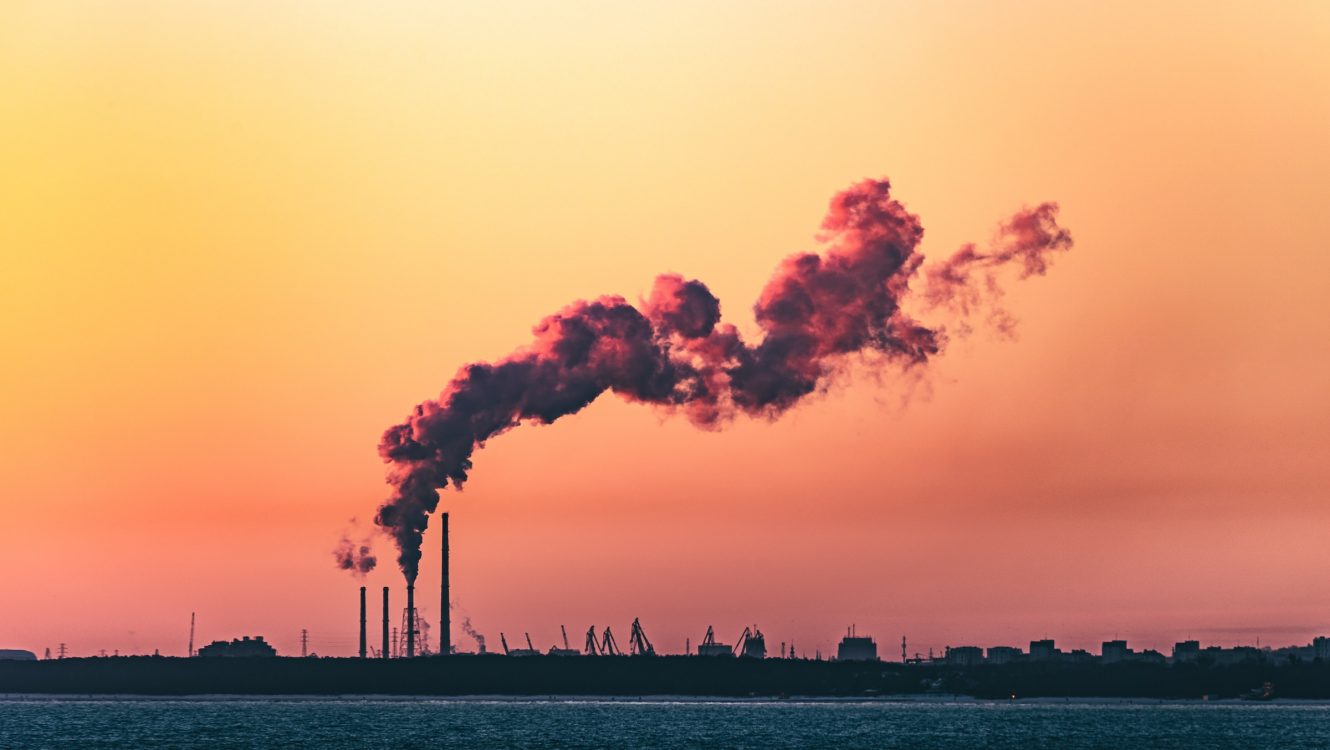EU Emission Standards for Vehicles Hit Roadblock: Member States Dilute Proposed Norms
BRUSSELS – Ambitious emission reduction proposals for combustion engine vehicles have faced significant setbacks, as several European Union (EU) member states rallied to temper stringent guidelines initially advanced by the European Commission.
Last year, the European Commission unveiled revised pollution standards targeting combustion engine vehicles. With these vehicles projected to ply European roads long after the proposed 2035 sales ban, the intent was to significantly diminish emissions from tailpipes, brakes, and tires.
The Commission’s initial proposal envisaged a commendable 35% drop in nitrogen oxide emissions from cars and vans relative to current emission norms for non-carbon dioxide pollutants. Moreover, an ambitious 56% reduction from buses and trucks was on the cards.
However, Monday witnessed a marked deviation from these ambitious targets. Succumbing to pressures from automakers and select member states, the rotating EU presidency—currently under Spain’s purview—endorsed a watered-down compromise. The diluted norms retain existing emission thresholds and testing conditions for cars and vans. In contrast, only buses and heavy commercial vehicles will see stricter regulations. Additionally, the new agreement encompasses decreased limits on brake particle emissions and tire abrasion rates.
Though separate, these standards were designed to buttress the EU’s broader climate objectives specifically targeting CO2 emissions.
Héctor Gómez Hernández, the acting Spanish Minister for Industry, Trade, and Tourism, defended the compromise, stating, “The Spanish presidency has meticulously navigated the diverse demands of member states. This proposal, we believe, not only garners wide-ranging support but also achieves a judicious balance between manufacturers’ investment costs and anticipated environmental gains.”
The adopted position will soon enter negotiations with the European Parliament, pending the latter’s consolidation of its stance.
In a significant leap towards climate action, the EU had previously decreed a comprehensive ban on the sales of new gasoline and diesel cars and vans by 2035. This move, nestled within the EU’s “Fit for 55” package, mirrors the overarching ambition of slashing greenhouse gas emissions by 55% within this decade.
Further stipulations under this deal mandate automakers to curtail emissions from new cars by 55% come 2030, using 2021 as the reference point. This trajectory aims for a complete emission reduction—a 100% cut—by 2040.

Emissions should be reduced by up to 100% by 2040
The Commission, recognizing the longevity of vehicles, opined that establishing new pollution norms for the concluding generation of combustion engines was paramount. This stance emerges from the realization that vehicles released into the market pre-2035 will remain operational for several subsequent years.
The stakes are undeniably high. The EU estimates that emissions from transportation account for an alarming 70,000 premature deaths annually within the bloc.
The softened regulations raise critical questions about the EU’s commitment to environmental action and the influence of industry lobbies. As the global community grapples with unprecedented climate challenges, the efficacy of such diluted measures remains to be seen.
©globalgreenhouse.eu







